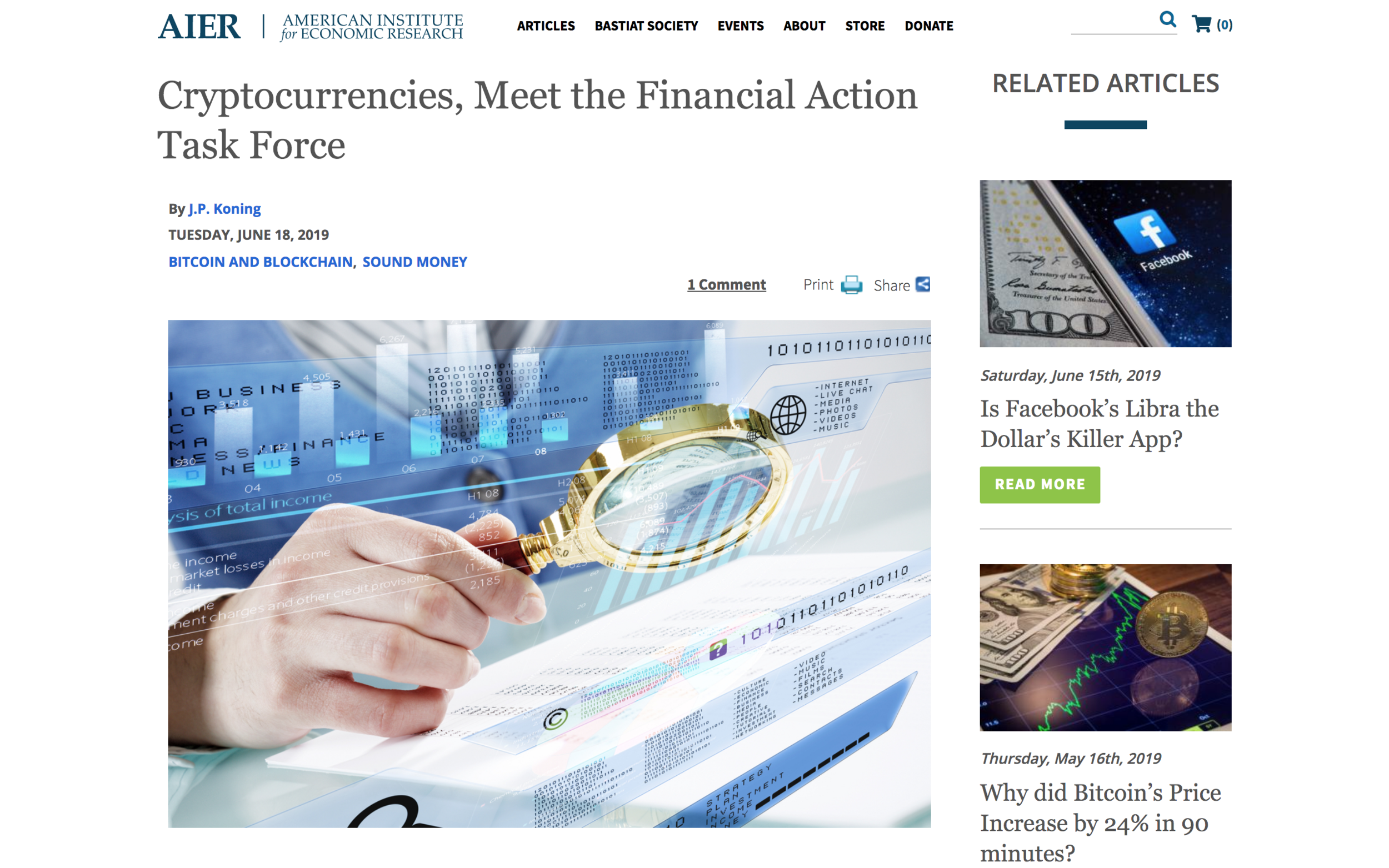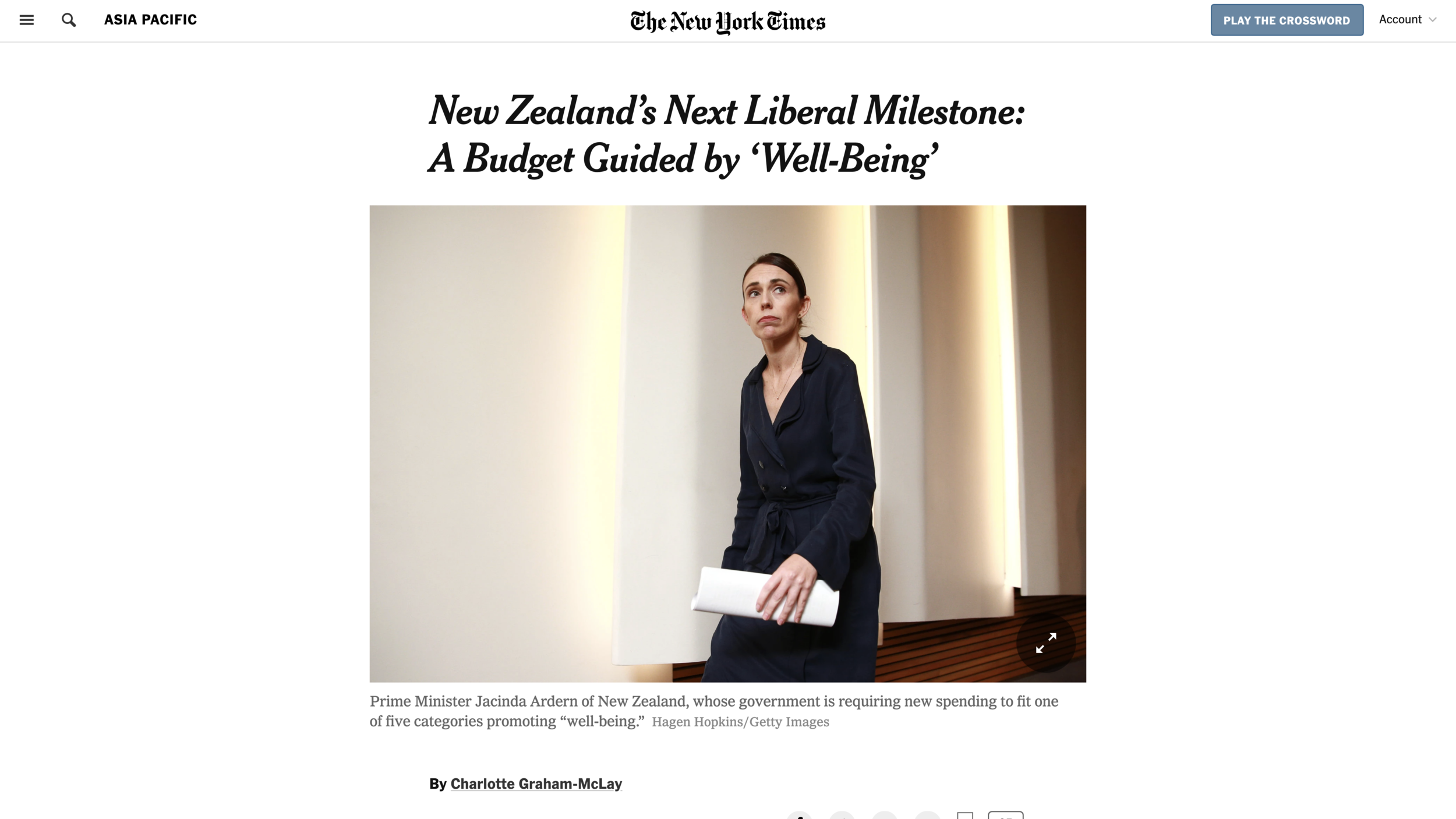Chris Kimball: Grief in the Journey
I am pleased to have another guest post on religion from my brother Chris. (You can see other guest posts by Chris listed at the bottom of this post.) Below are Chris’s words. When he writes “Church,” it means the Mormon Church, but those who have been in other churches or faiths may have had similar experiences.
I read a short article in Psychology Today titled “Four Types of Grief Nobody Told You About” (And why it’s important that we call them grief). I turned to the article out of curiosity and thinking about recent and not-so-recent deaths that affected me. What I found was surprisingly applicable to people I know in faith crisis. I generally prefer the term “faith journey” but the kinds of grief Sarah Epstein (the author) talks about refer me to the crisis part of the journey. I found it validating to see these described and recognized as important.
Here are the headers from the article, with my personal experience following. I fight the temptation to generalize, believing that these stories are best told in raw first person.
1. Loss of identity: A lost role or affiliation.
Being an active all-in Church member was an identity, a role, an affiliation. The loss of identity is hard. “Grief” seems like a good word. It is not a public grief, not dependent on other people knowing or any kind of formal change in membership or even attendance. Grief is about my own feelings. Sitting in a pew on Sunday knowing I don’t belong, knowing I will not be participating when others are called, knowing I am not the person I grew up thinking I was.
2. Loss of safety: The lost sense of physical, emotional, and mental well-being.
The loss of safety may not be obvious to an outside observer, but I have often observed that one of the things the Church “offers” (scare quotes because I believe it is a false promise) is a feeling of safety and that can be lost. Keep the commandments at the temple recommend level—which gets you into “the house of the Lord”—and you’re good. Get your children sealed to you, on a mission, married in the temple, and you will be together forever. So goes the promise.
When I started questioning the promise, one result was to feel unsafe. I remember getting up from my knees (almost 25 years ago) with the words fear and trembling in my mind: “From now on you live in the world of working out salvation with fear and trembling.” (Philippians 2:12)
For me, growing up in a fully active multi-generation family with a grandfather who was an Apostle, the Church felt like home. Felt like family. I no longer feel that. I feel like an outsider. Like I'm wearing a disguise when I take up space in a pew on Sunday morning.
Even though the overall process is one of growth and independence, I grieve the loss of “safe" and "home" feelings, even if they never were fully justified.
3. Loss of autonomy: The lost ability to manage one’s own life and affairs.
I’m not sure about the loss of autonomy. The faith crisis happened to me. I didn’t choose it. I didn’t go looking for trouble. That out-of-control feeling might well fit this loss-of-autonomy category. It may also show up as a frustration when I hear “just don’t think about it” or “choose to be faithful” and know that is so not helpful. My annoyed reaction underscores an inability to take charge and make it right.
However, that all happened years ago and subsequent events—a cancer diagnosis—overwhelmed any Church-related loss of autonomy in my life. I cannot manage my life, but the highlight in my head is an invader trying to kill me, not the Church.
4. Loss of dreams or expectations: Dealing with hopes and dreams going unfulfilled.
This one really strikes home. I grew up in the Church. I expected to graduate from seminary. I did. I expected to go on a mission. I did. I expected to marry in the temple. I did. I expected to have normal sorts of callings and live much of my life inside the Church. I did . . . until age 40. I expected to hit an early retirement and spend most of the rest of my life in Church service. However, at around age 40, I realized with crystal clarity that I was stepping off the path. That my future was unknown except that it would not be what I grew up expecting.
A lot of years have passed since I got up off my knees with an uncertain future, but it is not quite as simple as water under the bridge. My cousin and his wife—almost exactly my age—are mission president now in Japan Fukuoka. I think about what might have been. There are several ways it never would have worked (including my health), but “what might have been” doesn’t go easy. It is a loss and I hurt.
In the big picture I am happy and enjoying my second life. But the grief is there too. I have lost an identity, I have lost a sense of safety, I have lost control over my life, and I have lost dreams and expectations. I am better for naming and recognizing, but that doesn't make it all better.
Don't miss these posts on Mormonism:
The Message of Mormonism for Atheists Who Want to Stay Atheists
How Conservative Mormon America Avoided the Fate of Conservative White America
The Mormon Church Decides to Treat Gay Marriage as Rebellion on a Par with Polygamy
David Holland on the Mormon Church During the February 3, 2008–January 2, 2018 Monson Administration
Also see the links in "Hal Boyd: The Ignorance of Mocking Mormonism."
Don’t miss these other guest posts by Chris:
Christian Kimball: Anger [1], Marriage [2], and the Mormon Church [3]
Christian Kimball on the Fallibility of Mormon Leaders and on Gay Marriage
In addition, Chris is my coauthor for
Don’t miss these Unitarian-Universalist sermons by Miles:
By self-identification, I left Mormonism for Unitarian Universalism in 2000, at the age of 40. I have had the good fortune to be a lay preacher in Unitarian Universalism. I have posted many of my Unitarian-Universalist sermons on this blog.










